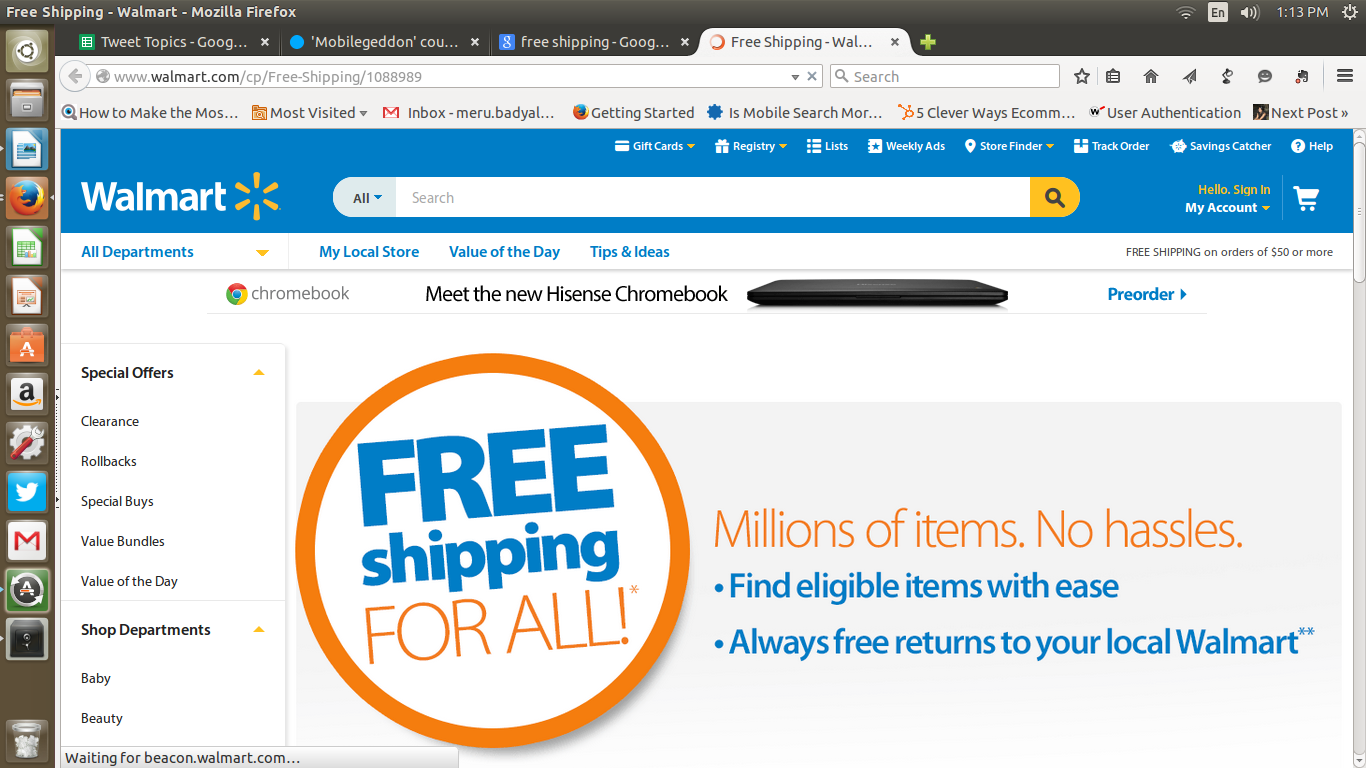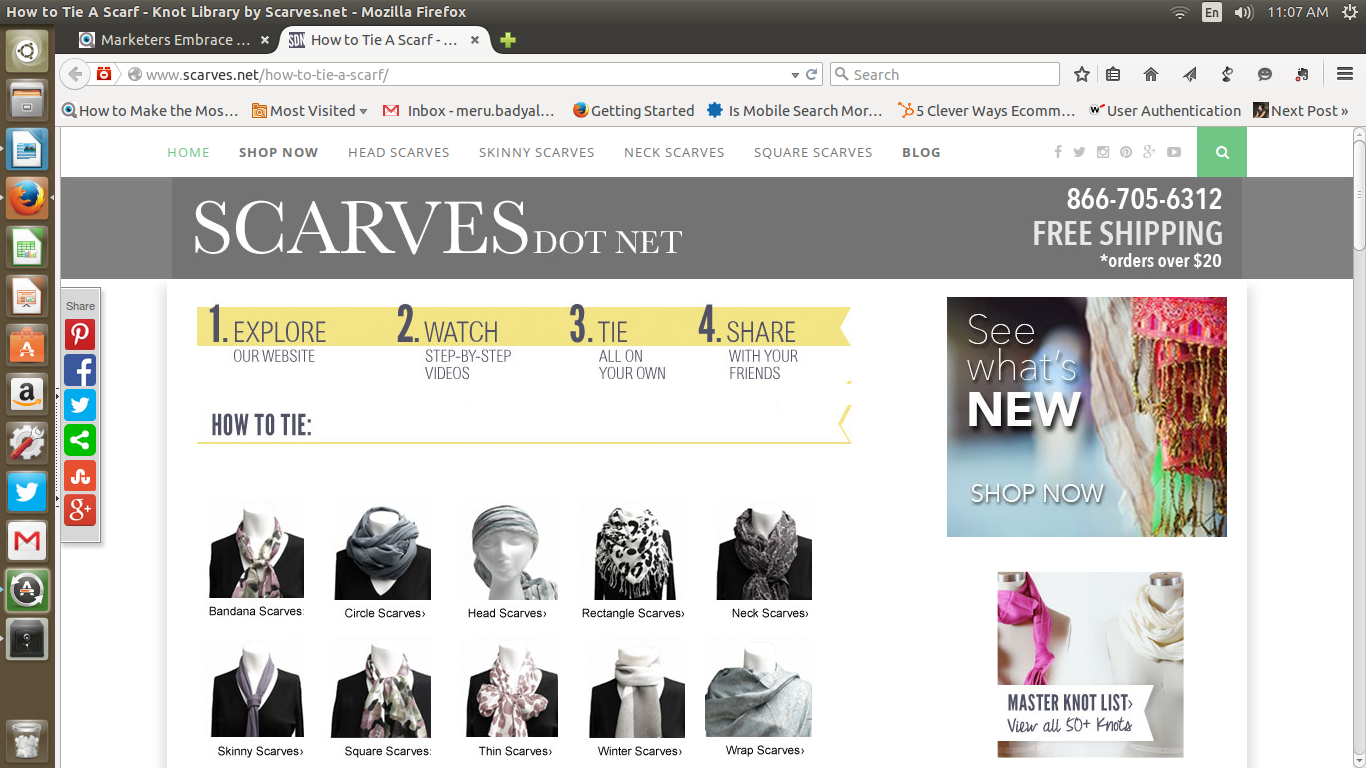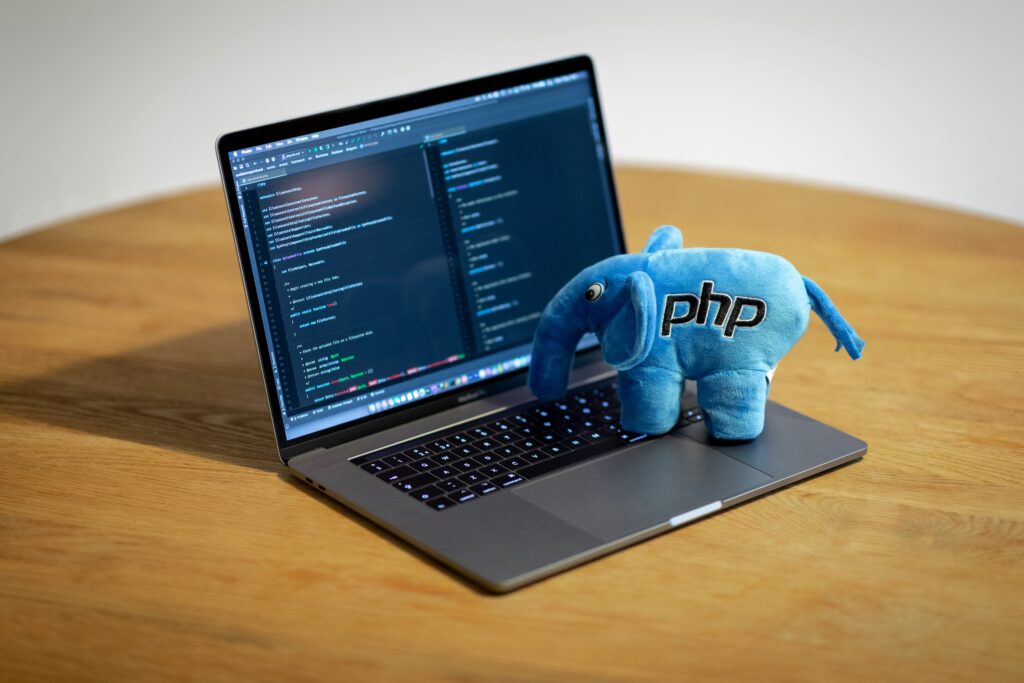
How To Write Title Tags for e-commerce Stores in 2017? And the remaining part of 2016
by Nosheen2016 is already over and 2017 is here if speak in terms of Internet years. And if there’s anything certain, as far as the SEO industry is concerned, it is the principle of uncertainty that will continue to remain whether it’s 2016 or 2017. Thus, as web masters, the key for us, lies in keeping ourselves updated with what’s new or what’s trending among SEO practices and adapt to the ever-changing algorithms of the various search engines.
In this write-up, we take a look at the role of a persistently crucial aspect of SEO – page title tags or the HTML title element. Let’s begin by asking two important questions in relation to the title tags:
- Is the role of a title tag restricted to the snippets shown by Google?
- Does an accurate title tag play an important role in ranking ?
Now, let’s attempt to answer these with the assumption set by Google itself. The search engine giant is frequently changing the snippets displayed on the SERPs (search engine result pages), in order to improve the quality of results it shows. While doing so, Google either truncates the length of the title tag or chooses to display the result that best answers a relevant search query.
Remember, the search engine’s crawlers consider the whole title tag for page ranking. But, when it comes to SERPs, it awards priority to the results based on a specific user query. So, for Google, WHAT YOUR TITLE SAYS ABOUT YOUR BRAND is less relevant, & HOW YOUR TITLE MAY GIVE AN URGENT, INFORMATIVE & RELEVANT ANSWER TO A USER’S SEARCH QUERY is what really Google wants. Thus, it’s about getting a pertinent result intuitively. Yes, It’s that quick. It’s that precise. It’s that simple.
With the above context in the background, here are few tips on how you can write title tags for an e-commerce store in 2016/ 2017:
-
Semantic search is still the undisputed king
For title tags, a definite shift towards USER QUERY is where the trick lies for an SEO expert in 2016/ 17. The need of the hour is to create a clear and precise title tag which is a coherent answer to a particular search query or a set of associated queries. What does it mean for keyword research? As conversational search becomes the norm, Hummingbird lends understanding to the intent and contextual meaning of terms used in a query. Use of keyword variants like alternate words, synonyms, an addition of prefixes, suffixes, pluralizing, will continue to play a crucial role this year and in the future.
-
The ideal Length of title tag
Specialists agree on a 55-60 character limit for title tags. But what happens if you need to write a longer title? Today, the significance of the title tag is no longer limited to a technicality like title length. In 2017, you take a step ahead, and an ideal title tag answers one fundamental question – how precisely have you answered a user’s search query? Despite this, Industry specialists emphasize on one the precision of the title tag and hence you should be able to convey maximum meaning in the first 55 characters.
-
Create separate landing pages and title tags on deals/discounts
As the culture of holiday deals & discount offers continue to be indispensable to the marketing campaign of e-stores, web developers must create separate landing pages and insert “today’s deals”, “discount offers” in the title tags whenever relevant. Take a cue from Walmart’s web page which makes use of “free shipping” in its title tag.
-
Location-based title tags
Location-based title tags are yet another unexplored practice in the SEO world. It’s been observed that many online stores who have an offline store falter at location-specific optimization of their website. A separate landing page and insertion of location in the middle of the title tag can go a long way for website optimization efforts this year.
-
Jump on to the bandwagon of mobilegeddon
2015 was a watershed moment in the age of mobile commerce and in 2016 mobile is an equally important platform that must not be ignored. The launch of Google’s “Mobilegeddon” update gives ‘responsive’ a whole new meaning. A web store owner needs to familiarize herself with the behavior trends of customer buying from their cell phones and optimized their mobile stores accordingly.
-
A call-to-action never hurts a title tag
But, relevance is the key here. A “discover how to tie a scarf” or “read more on how to write title tags for e-commerce stores in 2016” is both relevant and informative, and can be easily shown in SERPs whenever the relevant query is asked. Generally, it is not too tricky to come out with genuine search keywords on “how to” guides and then use them in the page URL.
-
Where to place the brand name in the title tag
There’s no stringent rule for the placement of brand name in a title tag. For instance, Amazon’s home page places the name of the brand followed by keywords. However, if you think that your brand isn’t yet popular enough to be directly searched, you can take the brand name towards the end part of the title tag and place the search-worthy or the most related keywords in the beginning.
The SEO industry is so dynamic that what may be relevant today may become detrimental tomorrow but there are some things that will always remain foremost for all search engines and that is – serving the user with quality results. Thus, with Google’s repeated emphasis on quality, Aligning the title tags with the searcher’s intent is probably the right path to the future. While the title tag may be a minor factor compared to a whole range of other factors of which, CRO forms a huge majority, yet its correct usage assures a higher rank.
And who knows when it’s the humble Title Tags that may become the be-all and end-all of all search queries?
- About the Author
- Latest Posts
I am a writer, reader, and a part time adventure and travel enthusiast. The other three things that vie for my mind share are dark chocolate, coffee, and photography. I am highly motivated by user perspectives and addressing the common human experience when I write.
One Reply to “How To Write Title Tags for e-commerce Stores in 2017? And the remaining part of 2016”
Add a comment
-
Jiva’s Organic Traffic Growth: 354% Surge in 6 Months | CueForGood
by Nida DanishSummary: Jiva’s efforts to empower smallholder farmers weren’t gaining the digital traction they deserved. With a strategic overhaul led by …
Continue reading “Jiva’s Organic Traffic Growth: 354% Surge in 6 Months | CueForGood”
-
What We Learned When We Switched From Disposable Tissues to Reusable Napkins
by Nida DanishAt CueForGood (CFG), we’ve embraced a refreshing change: reusable cloth napkins. While the switch may seem minor, it’s rooted in …
Continue reading “What We Learned When We Switched From Disposable Tissues to Reusable Napkins”
-
Of Light, Laughter & Transformation: Diwali 2024 at Cue For Good
by Nida Danish
On any given day, walking into the Cue For Good office feels like stepping into a space with heart. It’s …
Continue reading “Of Light, Laughter & Transformation: Diwali 2024 at Cue For Good”
-
Why PHP Still Matters in 2024: A Look at Its Continued Relevance
by Girish TiwariAt its peak in the early 2010s, PHP powered the majority of websites globally, including major platforms like Facebook and …
Continue reading “Why PHP Still Matters in 2024: A Look at Its Continued Relevance”
-
How Meta’s New Holiday Ad Features Can Transform Your Business This Season
by Charanjeev SinghThis year, Tapcart’s 2024 BFCM Consumer Trends Report suggests that nearly 60% of shoppers kick off their holiday shopping in …
Continue reading “How Meta’s New Holiday Ad Features Can Transform Your Business This Season”
-
Cue For Good’s Journey at the B Corp Festival 2024: Exploring Louder Than Words
by Pancham PrasharOn September 10th and 11th, 2024, I had the incredible experience at the “Louder Than Words” B Corp Festival, held …
Continue reading “Cue For Good’s Journey at the B Corp Festival 2024: Exploring Louder Than Words”










I am regular reader, how are you everybody? This pqragraph posted at this
site is truly good.